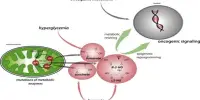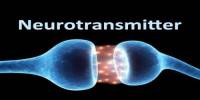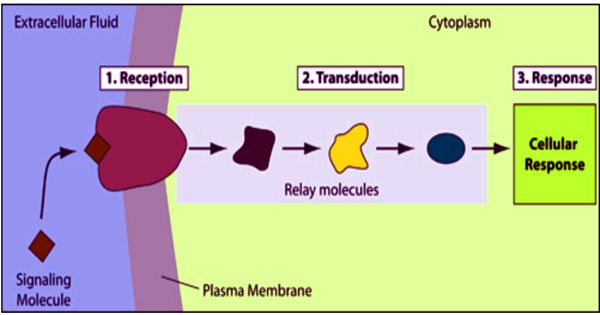The process by which cells communicate with one another and respond to external stimuli is referred to as signal transduction. It is the process by which a chemical or physical signal is transmitted as a series of molecular events through a cell. It entails signal or information transmission from the cell’s external environment to its interior, resulting in a specific cellular response. Protein kinases are most commonly used to catalyze protein phosphorylation, which results in a cellular response.
Proteins that detect stimuli are commonly referred to as receptors, though the term sensor is also used in some cases. This communication is critical for the proper functioning and coordination of various physiological processes in multicellular organisms. The changes caused by ligand binding (or signal sensing) in a receptor initiate a biochemical cascade, which is a chain of biochemical events known as a signaling pathway.
When signaling pathways interact, they form networks that allow cellular responses to be coordinated, frequently through combinatorial signaling events. Such responses at the molecular level include changes in gene transcription or translation, as well as post-translational and conformational changes in proteins, as well as changes in their location. These molecular events are the fundamental mechanisms that govern cell growth, proliferation, metabolism, and a variety of other processes. Signal transduction pathways regulate cell communication in a variety of ways in multicellular organisms.
The basic steps involved in signal transduction are as follows:
- Reception: The process starts with a receptor on the cell’s surface or inside the cell detecting a signaling molecule known as a ligand. Proteins that bind to specific signaling molecules are known as receptors.
- Transduction: After binding to the ligand, the receptor undergoes a conformational change that activates it. This activation sets off a chain reaction of events known as signal transduction pathways. These pathways are frequently characterized by a cascade of molecular interactions, with one molecule activating the next in a relay race-like fashion.
- Amplification: Signal transduction pathways frequently involve signal amplification mechanisms. A small number of ligand-receptor interactions can result in a large cellular response due to the amplification of the signal at various steps in the pathway.
- Integration: Cells frequently receive multiple signals at the same time. Signal integration occurs when signals from various pathways converge and influence the cell’s response. This can lead to a coordinated and specific cellular response.
- Cellular Response: The initiation of a cellular response is the ultimate result of signal transduction. Changes in gene expression, changes in cellular metabolism, changes in cell shape or movement, and other physiological processes can all be part of this response.
Understanding signal transduction is important in fields such as cell biology, biochemistry, and pharmacology because it is involved in processes such as development, immune response, and cell growth and differentiation. Signal transduction pathway dysregulation can result in a variety of diseases, including cancer and autoimmune disorders.
















